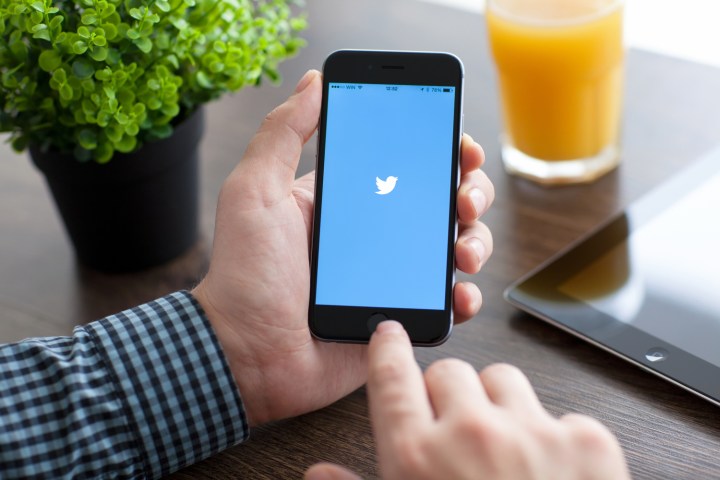
Anyone who uses Twitter’s direct messaging (DM) feature will be happy to learn that you can now send videos in your DMs. The update has been rolled out to the iOS, Android, and Web versions of the service.
Starting today, you can capture & share videos in your Direct Messages. It’s rolling out globally on iOS & Android. pic.twitter.com/b5CgWyTQ3H
— Support (@Support) February 17, 2016
Twitter’s direct messaging feature allows users to privately chat one to one or in groups. If you want to add a video to your DM, simply tap the camera icon next to the compose message box (where you would normally enter the text you wish to send). You will then have the option to either send pre-recorded media from your phone library, or record a video on the spot using your phone’s camera, which can then be attached.
With the option to incorporate GIFs, videos, images, and emojis alongside regular text, direct messaging on Twitter has become a lot more visual as a result. The updates are welcome additions to a feature that itself has come a long way.
Last year, Twitter made several notable changes to DMs, starting with the option to conduct group chats in January. Next, it allowed users to opt in on receiving direct messages from anyone on the site, having previously only allowed people to communicate privately with users that followed them back. The biggest update came in August, when the service scrapped the 140-character limit to DMs, freeing its private chat feature from the platform’s most distinguishing trait. It could well have been a sign of things to come, as reports have been rife that Twitter may do the same throughout the service.
Beyond the DM, Twitter has also introduced platformwide modifications in an effort to entice new users. Earlier this month, Twitter introduced its new home timeline. Based on an algorithm, the timeline initially delivers tweets based on a user’s interests (rather than reverse-chronologically, as is the norm) when they log in. Additionally, toward the end of last year, Twitter changed its “favorites” star icon to a heart “like,” to the chagrin of its devotees.


